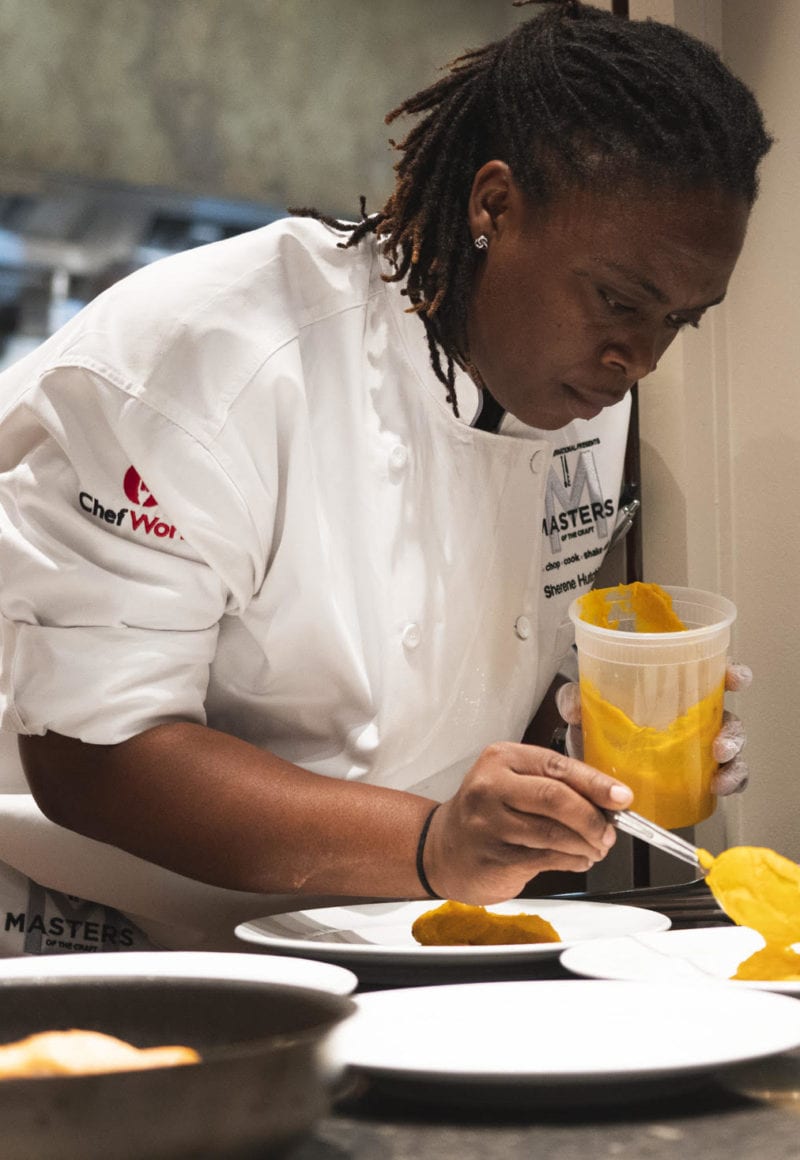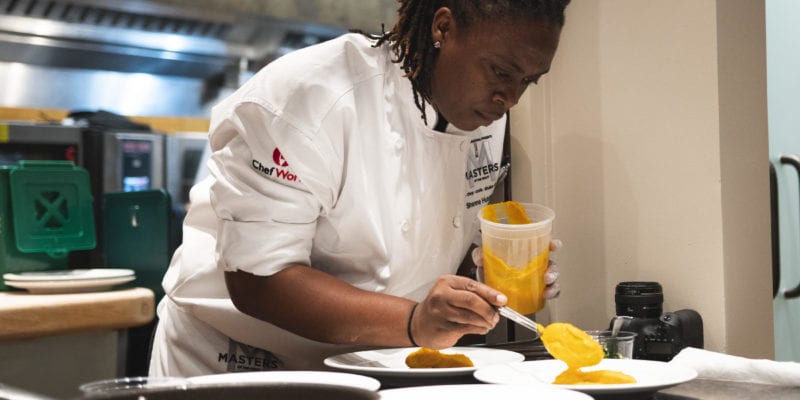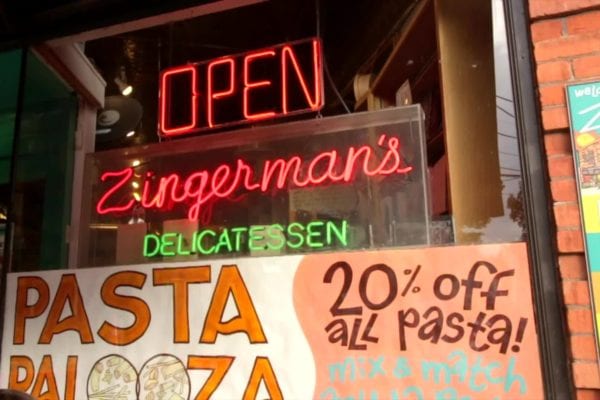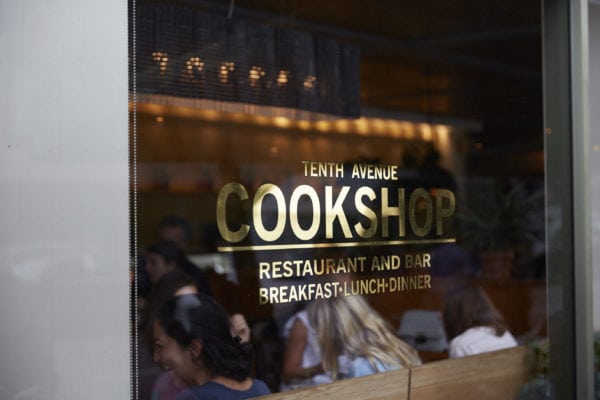Skift Take
Everyone in the restaurant industry wants a piece of that hotel money. But for the hotel brands, the bigger challenge is making sure that their dining concepts aren’t the same old, boring ones they’ve always had — and convincing both diners and chefs to buy in.
— Deanna Ting
When Dave Grissen, Marriott International group president, stood before a crowd of hundred of investment analysts in New York City at the company’s biannual investor day presentation, he not only highlighted why food and beverage is so important to the world’s largest company, he told them how Marriott planned to make those programs even better.
Just days after Grissen’s presentation, Skift Table spoke with Grissen and Matthew Von Ertfelda, Marriott International senior vice president of food and beverage and global operations, to learn more about just how Marriott intends to grow and improve its dining options in more than 10,000 restaurants and bars around the world.
Digging into R&D
For one thing, Marriott is committed to taking a hands-on approach to testing and developing new concepts.
In 2016, the Charlotte City Center Marriott was redesigned completely to serve as a sort of working hotel laboratory for the Marriott brand and it’s an approach Marriott later expanded to 50 specific dining outlets in 2018 to have actual case studies that the company could use for future dining outlets.
“It’s about us literally delivering experiences, from a design and branding perspective that allows us to bring in local residents, and that’s key,” Von Ertfelda said. “F&B is the gateway to tap into local communities to deliver customer growth, revenue growth, and to have relevance.”
Grissen said that having these existing restaurants and bars also helps Marriott better demonstrate to its hotel owners the value of having good dining outlets.
“I dragged 100 owners and franchises to Charlotte and had dinners with them and walked that space,” he said. “The best way to convince the owner community is to show them.”
Grissen also noted that, prior to the grand opening of the new Edition Times Square this month, he and iconic hotelier Ian Schrager entertained more than two dozen current and potential Edition hotel owners with food from Michelin-starred chef John Fraser. “Ian and I described to them why these restaurants and bars were really going to drive the hotel.”
Finding Tech Solutions
Marriott also wants to make it easier for its loyalty members to dine and drink with them, too.
At the same investor day presentation, the company also announced it will debut mobile dining this year, starting with 200 hotels in North America and then piloting the concept worldwide.
Raymond Bennett, chief global officer of global operations for Marriott, said that with the mobile dining pilots, “We’ve already seen a 15 percent increase in orders with guests spending 25 percent more.”
A spokesperson for the company added, “Marriott’s currently testing mobile dining to provide a digital ordering experience for Marriott Bonvoy members via the Marriott Bonvoy app. Using this technology, a guest can order or pre-order from the full menu of the participating outlet.”
Grissen said consumers should also expect to see more digital marketing of Marriott’s dining opportunities tied to the new Marriott Bonvoy loyalty program as well.
Emphasizing Craftsmanship and Nurturing Talent
If Marriott truly wants to turn around its food and beverage program, it also knows that it has to do more than just renovate existing restaurants, dream up new concepts, or lure Michelin-starred chefs.
That’s why the company has also invested in making sure its associates know that they want to attract and retain the best creative and culinary talent, too. Last year, the company hosted an internal competition for some 2,200 chefs and bartenders across Marriott’s properties in the Americas, called Masters of the Craft.
“It recast how our company is perceived in artisan circles within and beyond our company,” Von Ertfelda said. “Artisans need to feel like they are part of a profession, and to have a sense of shared identity and purpose. We want to highlight artisans across our company to convince the best artisans within and beyond Marriott that we are the place to come to, that we can be a springboard to the best restaurant and bar opportunities across the globe.”
Grissen added that he hopes service industry professionals consider growing their careers with Marriott.
“If you think about the career path we can provide for great culinary talent, it’s far superior than the independent restaurant route. We don’t have to go hire a Michelin-starred chef necessarily. We can recruit and grow our own culinary talent, too.”
If Marriott were to sum up its overall strategy for driving more revenue through its food and beverage programming, it’s this: “It’s not good enough to be the biggest,” Von Ertfelda said. “We have to be the best.”
Skift Editor’s Note: This article has been updated to reflect that the number of chefs and bartenders who participated in Masters of the Craft was 2,200, not 220.





